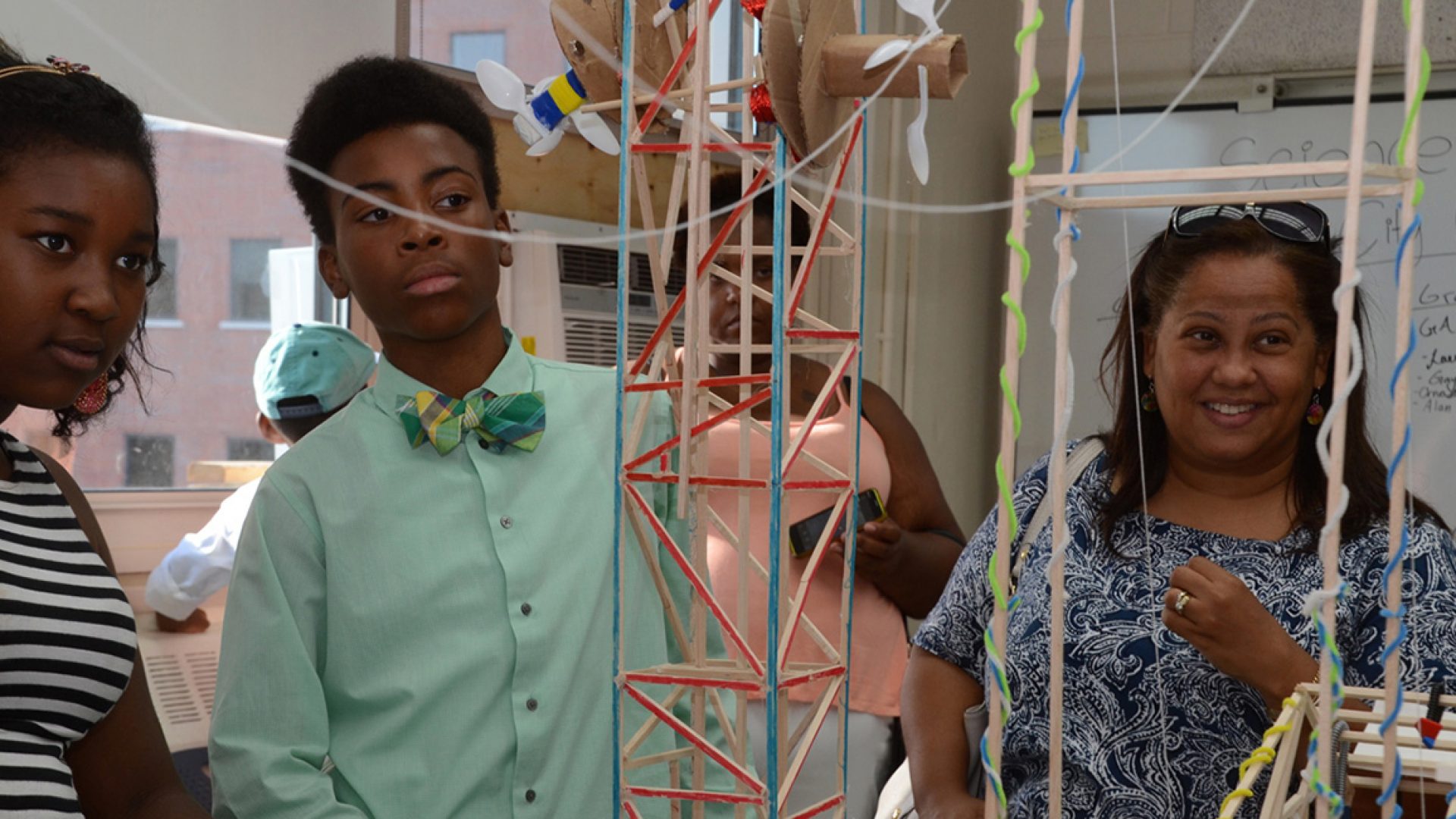For some of us, being a child and dreaming about becoming an engineer probably has something to do with riding around in a choo choo train. But others have big dreams about how their careers in engineering can have a profound impact on the world of tomorrow. This article from Fast Company highlights a special summer education program sponsored by NYU Polytechnic’s School of Engineering, which invited middle school students to learn together and work together to build model cities of the future.
This summer, while other seventh graders were playing Minecraft, one small group of middle school students built tiny cities in real life, complete with working smart cars, prototypes of universal Wi-Fi, and miniature working windmills.
The Science of Smart Cities, a free four-week class at NYU Polytechnic’s School of Engineering, teaches local New York students how to build sustainable urban infrastructure and then lets them work together to design model cities of the future.
The students started with simple experiments with balloons and string but quickly moved on to building working solar chargers and generators from scratch. In a week about infrastructure, they experimented with better ways to build landfills. Another week, they built model cars with automatic braking and lane detection.
As the students built out their miniature cities, they carefully considered how each piece of infrastructure could interact with what was next to it, creating optimal systems. One group of students, for example, built algae towers to support their city’s transportation system, to save space, cut production costs, and reduce the city’s carbon footprint.




